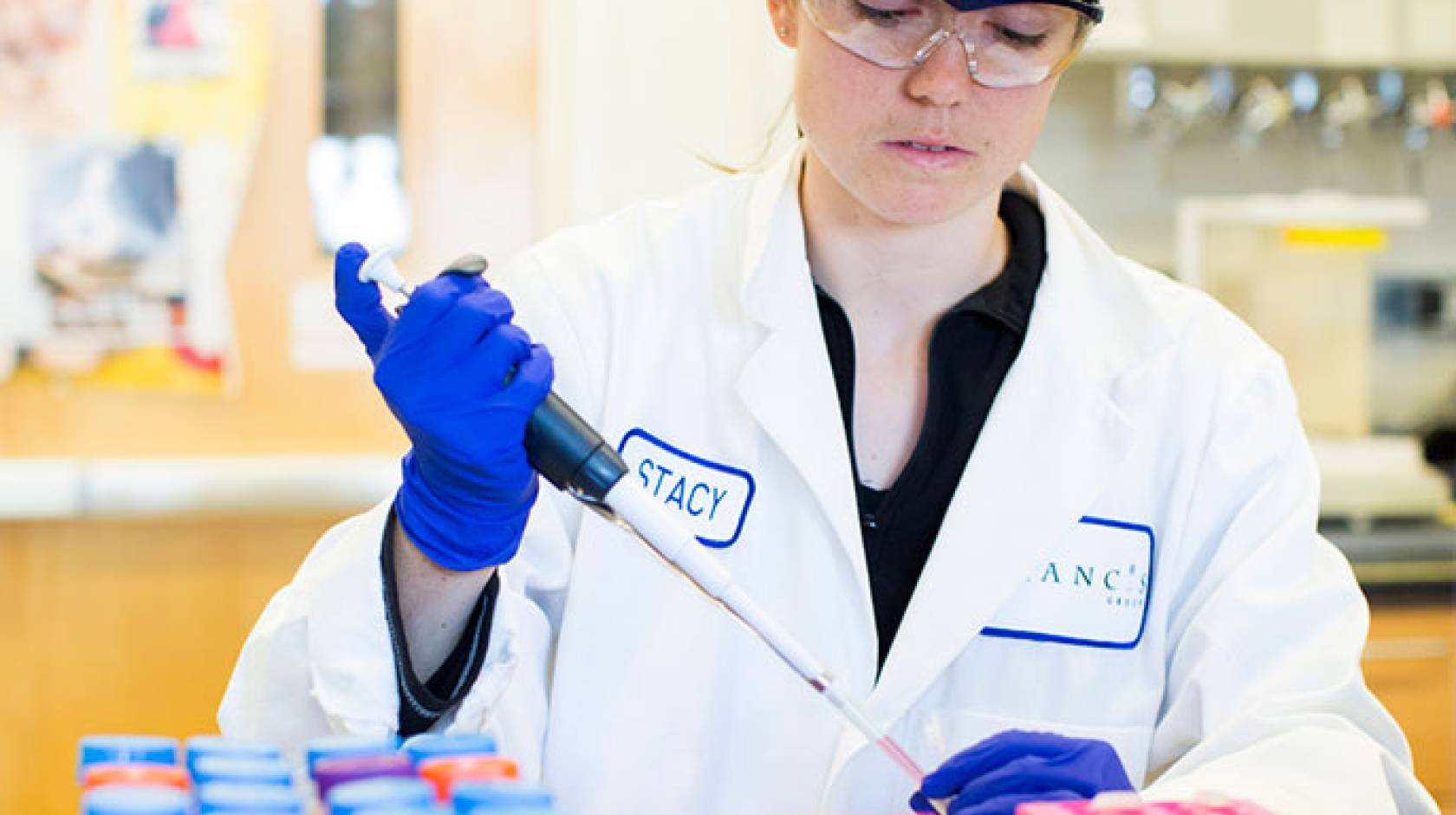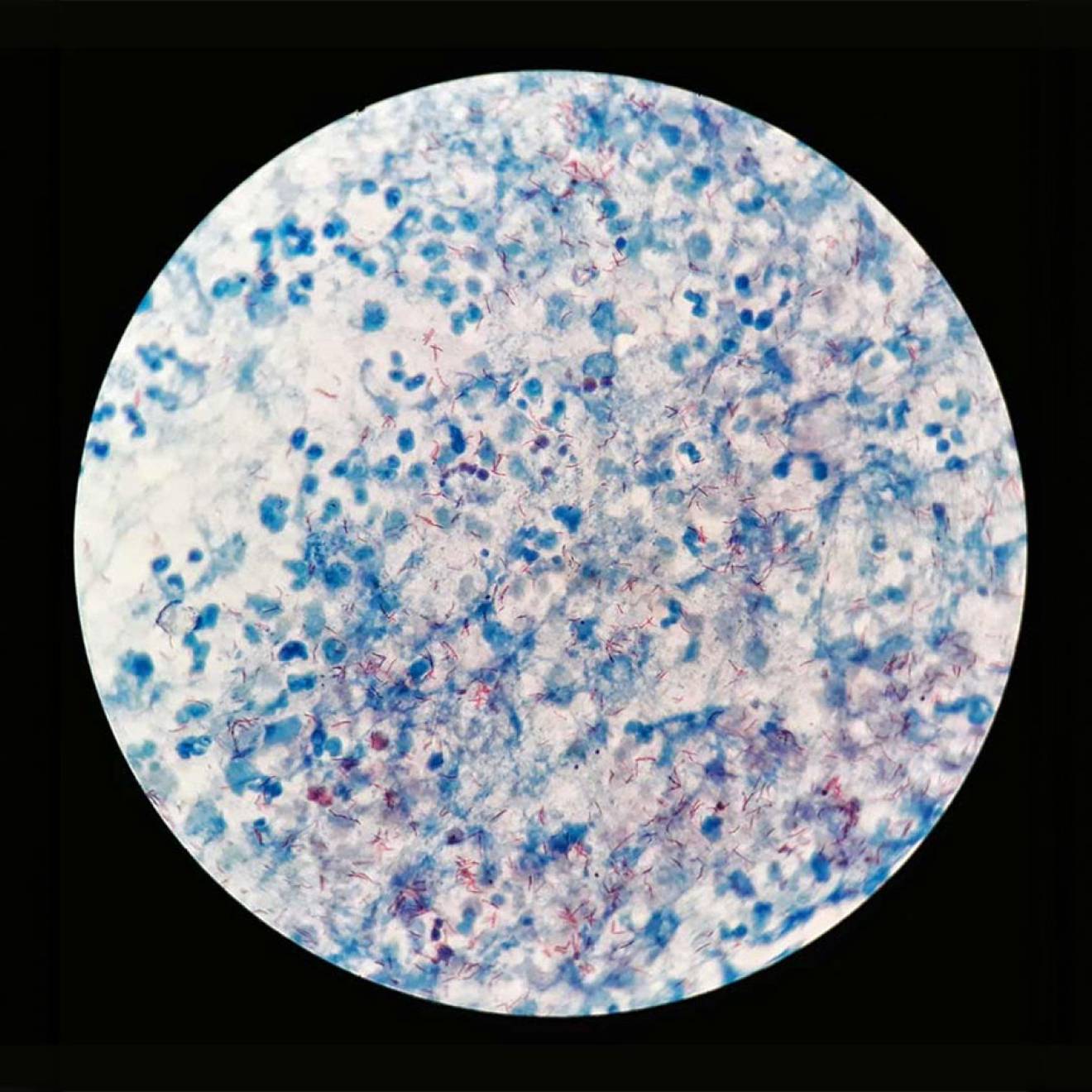UC Center for Occupational and Environmental Health

A study published today in Environmental Health Perspectives outlines a new method for assessing how synthetic chemicals and pollutants may contribute to breast cancer risk. In addition to developing the chemical testing approach, the authors identify two critical needs: the need for new chemical safety testing methods, and the need to screen more chemicals.

Inherited genes only explain about a quarter of a woman’s risk of developing breast cancer. Exposure to synthetic chemicals and pollutants in air, water, food, workplaces and consumer products may account for a significant portion of breast cancer risk.
More than 34 million tons of synthetic chemicals are produced or imported into the U.S. every year, and hundreds of these chemicals are commonly found in women’s blood, urine and breast tissue. While most have not been tested for their carcinogenic potential, among those that have, hundreds increase mammary tumors in laboratory animals. Animal tests, however, are both time- and resource-intensive, and they rarely evaluate the effects of chemical exposure during early life or prenatal development. To address these issues, a panel of experts developed a new method of identifying chemicals that may increase breast cancer risk. The results of their work were published today.
The scientists reached three important conclusions:
- Both genotoxicity (a chemical’s ability to damage genetic information in a cell) and endocrine disruption (interfering with normal hormonal activity) are significant contributors to breast cancer potential, so any comprehensive chemical assessment must evaluate both categories of biological mechanisms.
- While useful test methods exist for evaluating chemicals’ genotoxicity and estrogen-like activity, there are insufficient methods for testing chemical effects on other biological processes relevant to breast cancer, including progesterone activity.
- The researchers found large gaps in available test data even for chemicals generally thought of as well-tested.
“The basic question is, what would you need to know about a chemical to be able to say with confidence that it doesn't raise the risk of breast cancer?” said Megan Schwarzman, a physician and environmental health researcher at UC Berkeley and the lead author of the study.
The panel of scientists first identified biological processes that, when disturbed, could increase breast cancer risk. They then determined what tests exist to assess whether chemicals interfere with those vulnerable biological processes. “These are pretty complex chains of causation,” Schwarzman said, “so we tried to build a hazard assessment approach to recognize that complexity.”
The panel concluded that new test methods are needed to effectively evaluate chemical risks. “Developing rapid, inexpensive chemical tests to fill the gaps identified in this study will make it easier for manufacturers to choose safer chemicals for consumer products,” said Ruthann Rudel, a toxicologist at Silent Spring Institute and a co-author of the study.
“There are so many places we can use this information today — regulators can consider requiring these recommended tests now; manufacturers can choose to use chemicals that pass these tests; and consumers can request that their suppliers use products that have undergone these tests. Meanwhile, we are funding research to fill the gaps that were identified.” said Mhel Kavanaugh-Lynch, director of the California Breast Cancer Research Program, which funded this study.
“That's one of the reasons it's been such a great project,” Schwarzman says of the study and CBCRP’s response. “We're actively trying to use the results to change how chemicals are tested and the decisions that are made in public policy. We see the potential for chemical testing to contribute to breast cancer prevention efforts.”
Beyond contributing to the identification of breast carcinogens, the authors hope that the methods they developed can be applied to other diseases, such as other cancers or neurological disorders that may be affected by chemical exposure.

